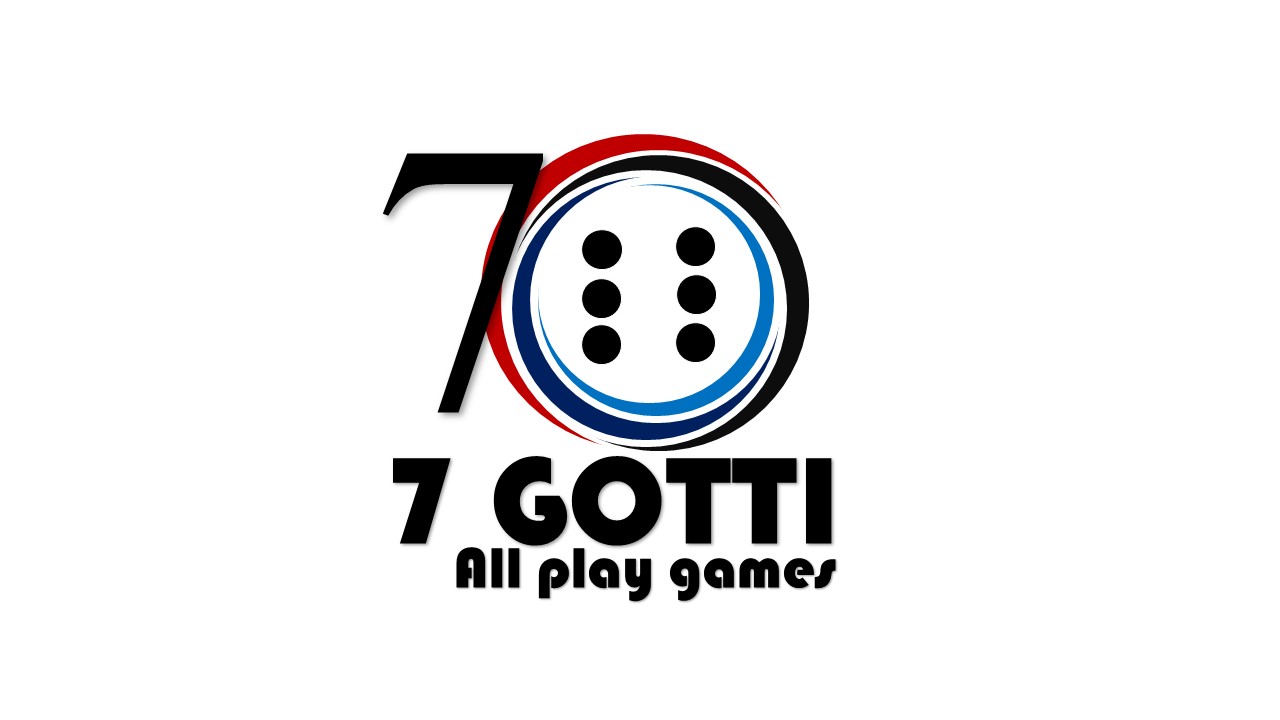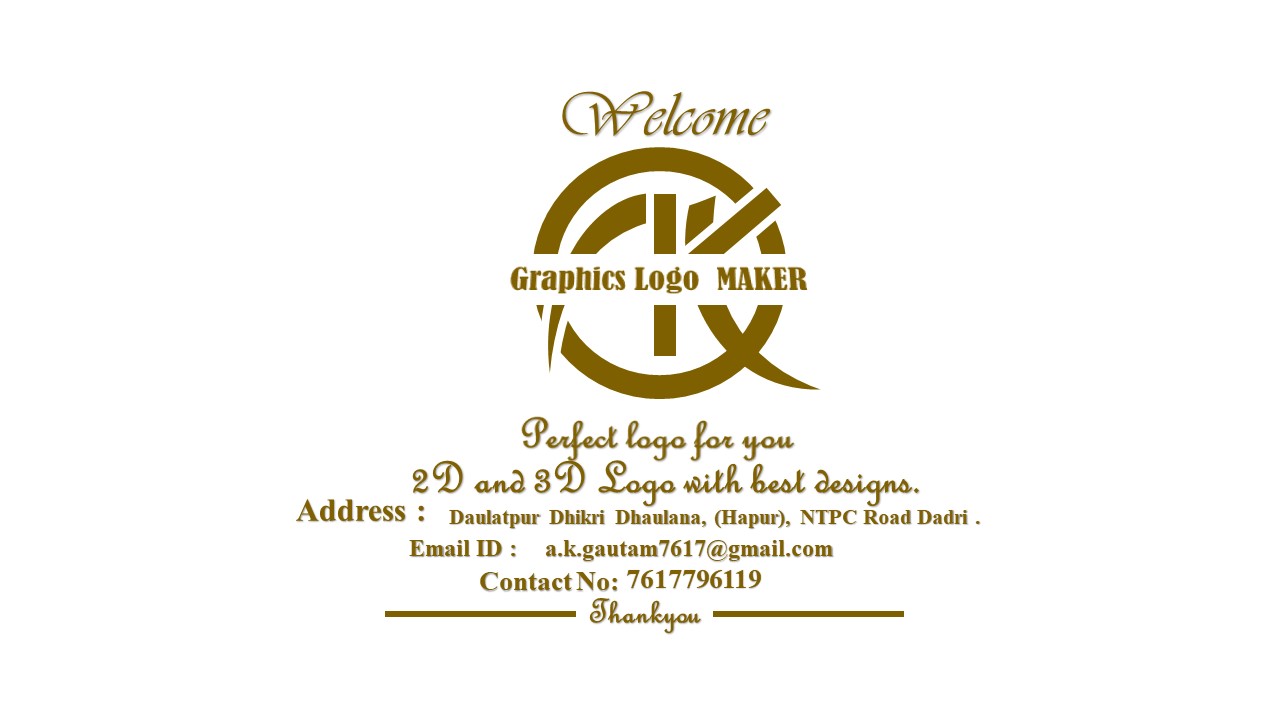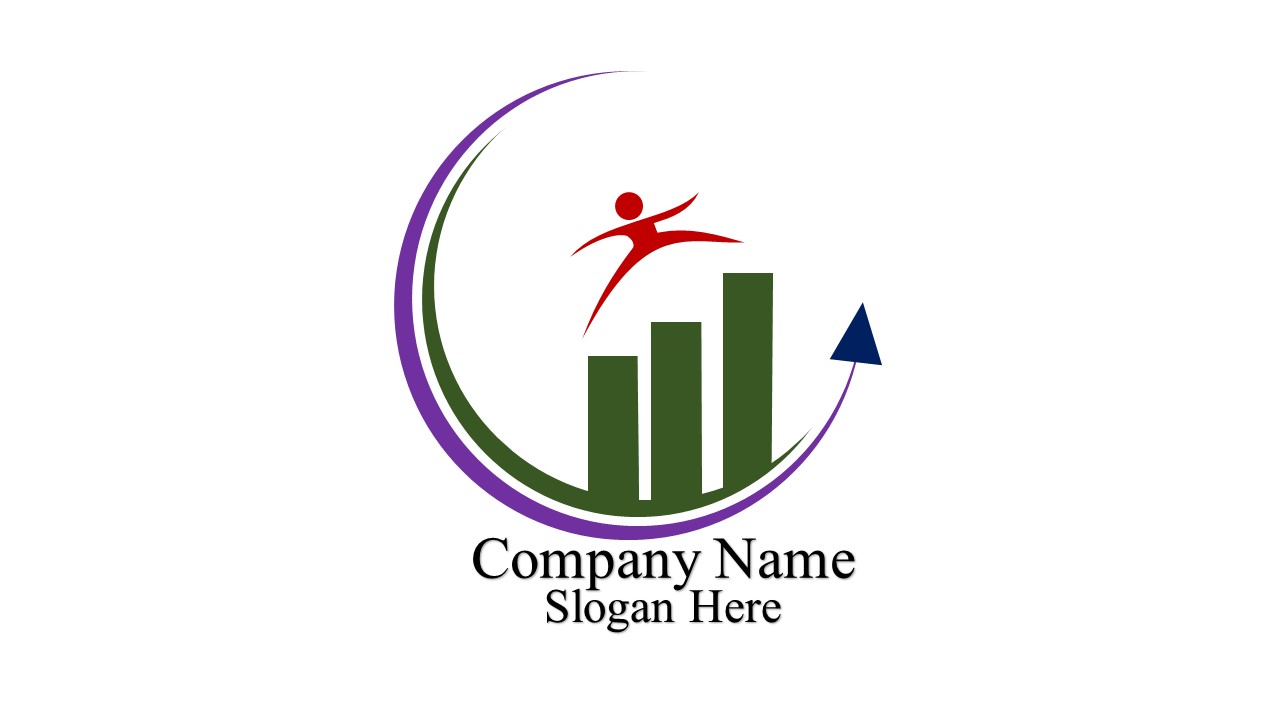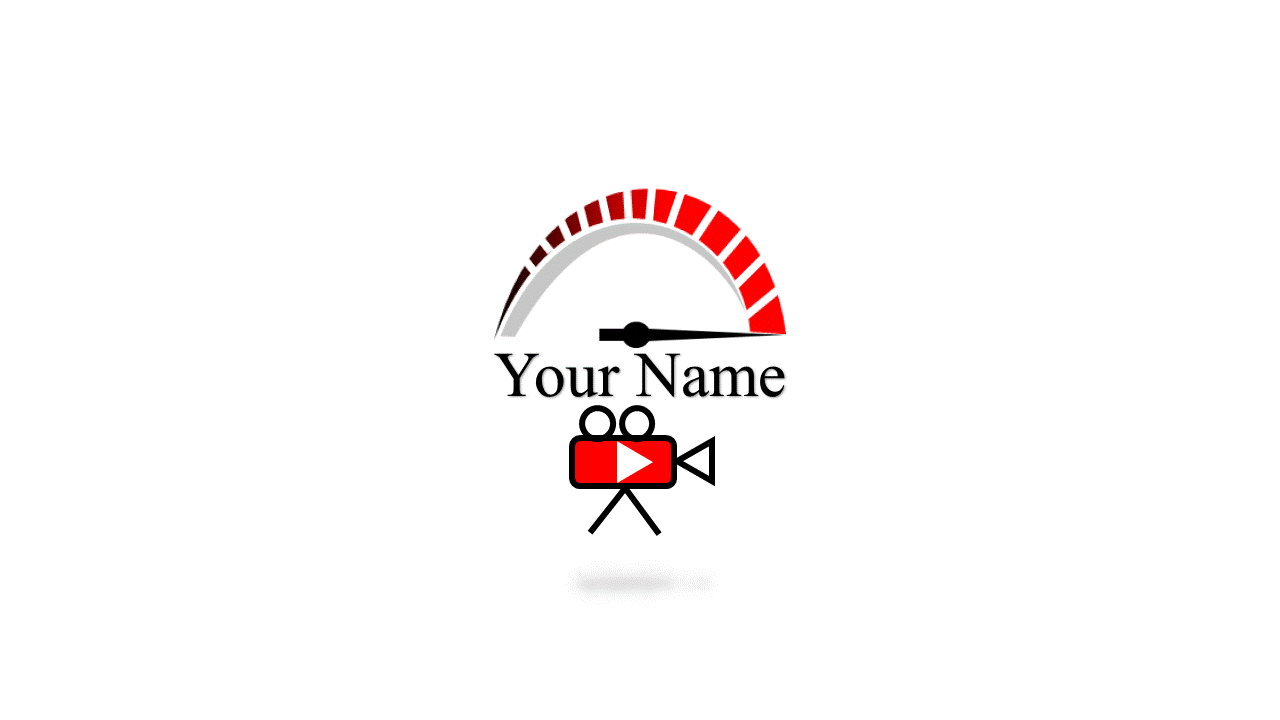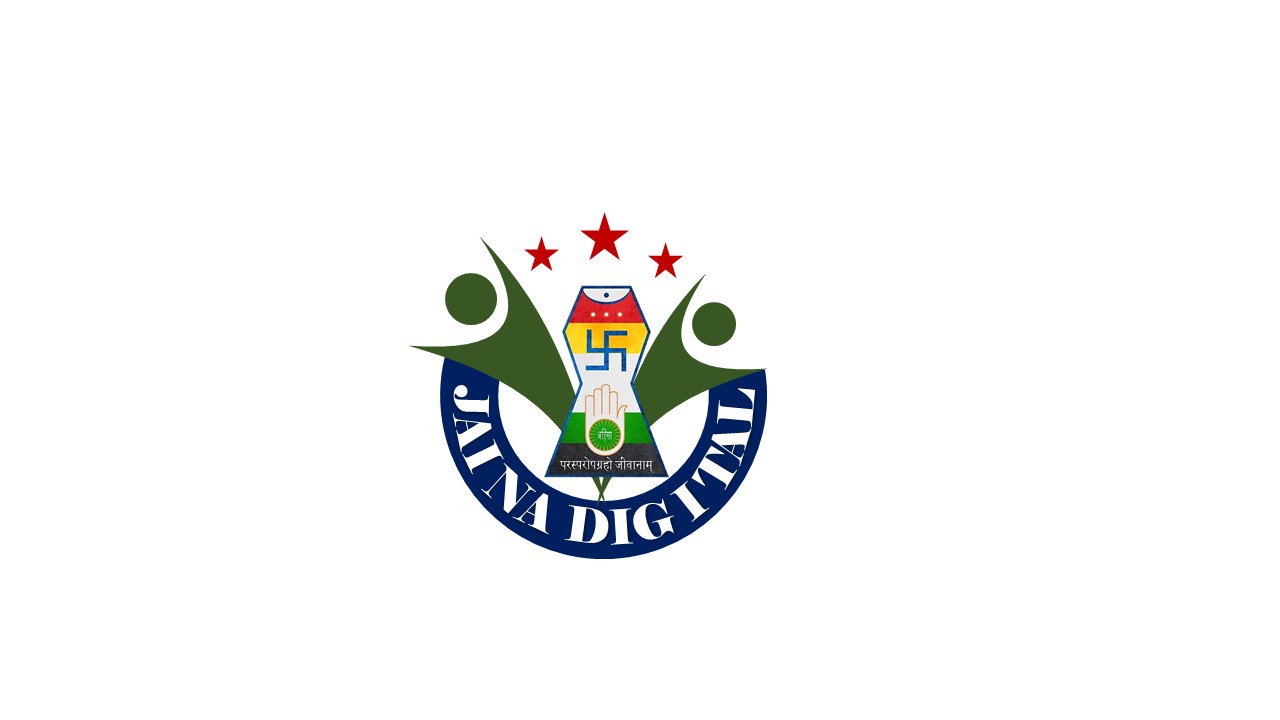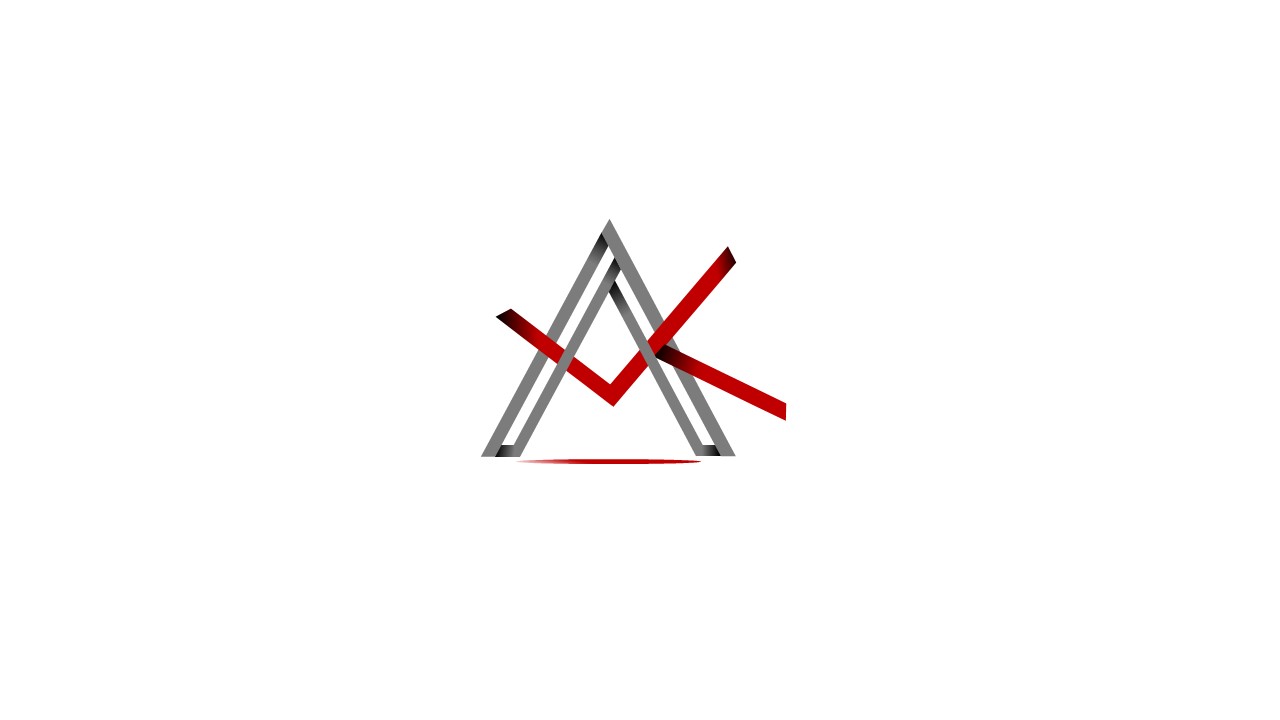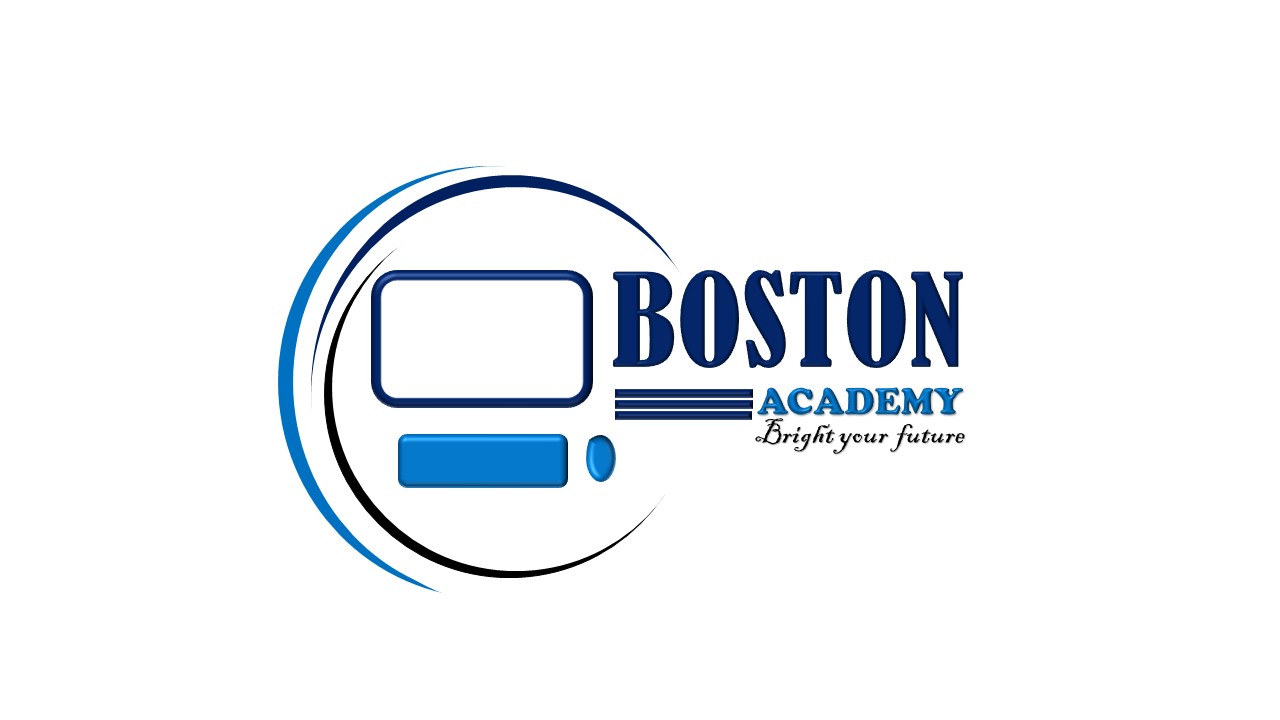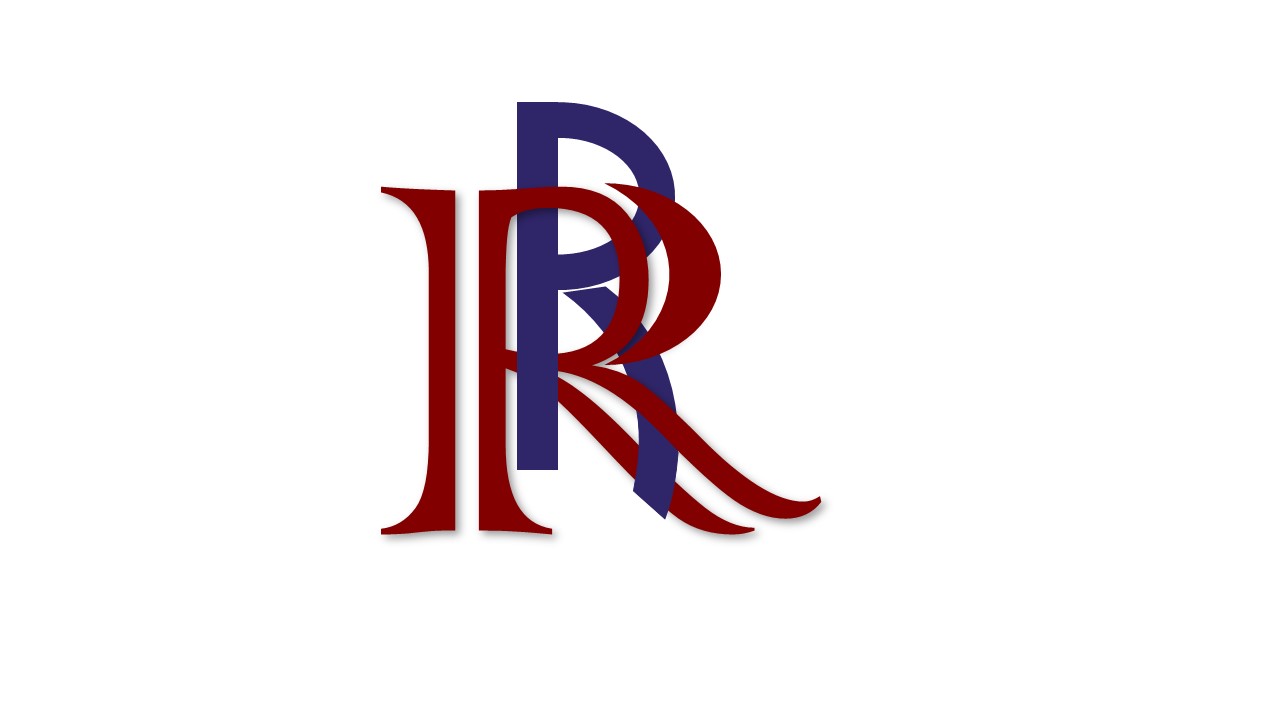Graphic Designing Comapany in Meerut
Graphic design is a dynamic field that combines art and technology to communicate ideas visually. It involves the use of typography, imagery, color, and layout to create designs for various mediums, including print, digital, and advertising. Graphic designers work to convey messages clearly and effectively, often tailoring their designs to specific audiences. The design process typically begins with understanding the client's needs and objectives. Research and brainstorming follow, leading to the development of concepts and sketches. Designers then refine their ideas using software tools like Adobe Illustrator and Photoshop, ensuring that the final product aligns with the client's vision. Key elements of graphic design include balance, contrast, hierarchy, alignment, repetition, and space. These principles help create visually appealing and functional designs. Whether designing logos, websites, or marketing materials, graphic designers play a crucial role in shaping brand identity and user experience. As technology evolves, so does graphic design, incorporating trends like minimalism, flat design, and responsive design. Ultimately, effective graphic design not only captivates the audience but also communicates a message and drives action.
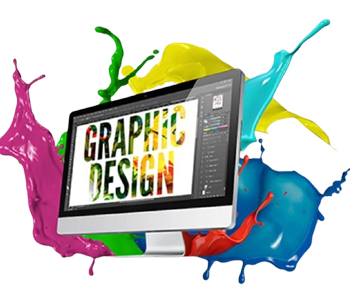
GRAPHIC DESIGNING
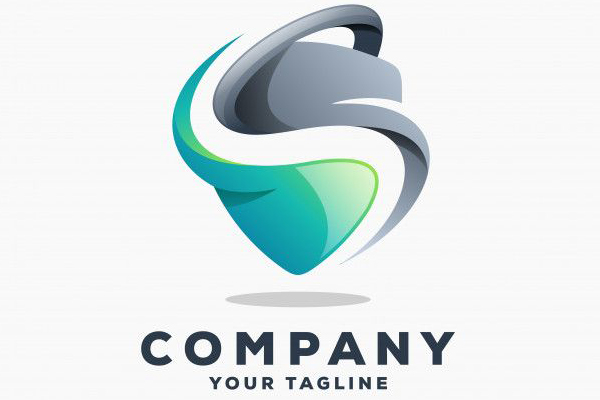
LOGO DESIGN
Logo design is a crucial aspect of branding, creating a visual representation of a company’s identity. A successful logo should be simple, memorable, and versatile, effectively communicating the brand's values and essence. Consider color psychology, typography, and shapes to evoke the desired emotions. Whether modern or classic, a well-crafted logo can leave a lasting impression and foster brand loyalty.
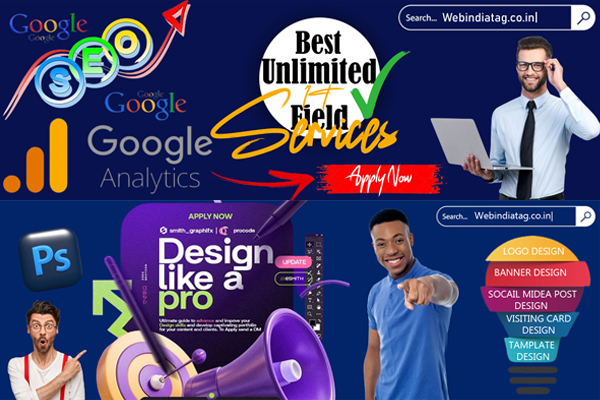
BANNER DESIGN
Banner design is vital for capturing attention and conveying messages effectively. A successful banner should be visually appealing, utilizing bold colors, engaging images, and clear typography. It should communicate the key message quickly and encourage action, whether for promotions, events, or announcements. Balance is essential—ensure the design is not overcrowded, allowing the viewer to easily grasp the information at a glance.
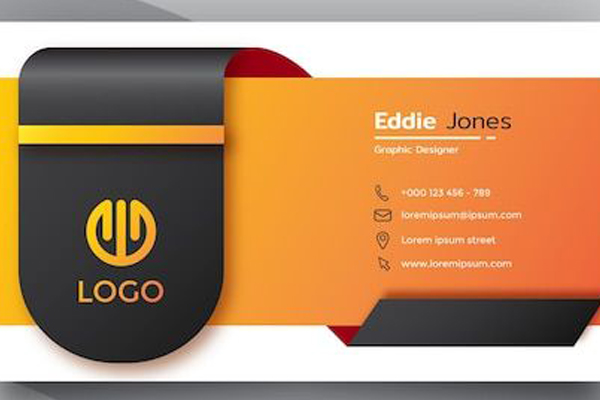
VISITING CARD DESIGN
Visiting card design plays a key role in networking and personal branding. A well-designed card should reflect your identity, using appropriate colors, fonts, and imagery. Essential information, such as name, title, contact details, and social media links, should be clearly displayed. Prioritize simplicity and readability, ensuring the card stands out while remaining professional and memorable for potential connections.
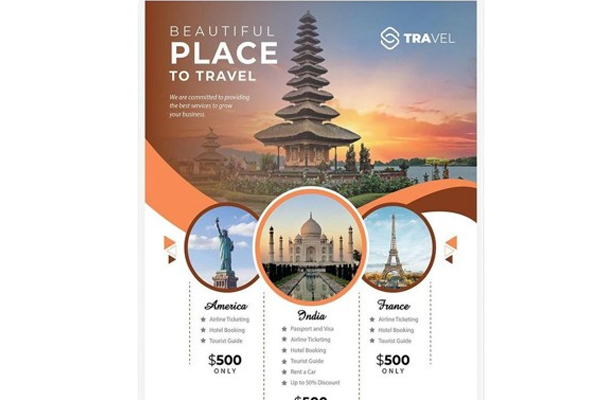
TAMPLATE DESIGN
Template design streamlines the creation of consistent, visually appealing materials across various platforms. Effective templates maintain brand identity through cohesive color schemes, fonts, and layouts. They save time while ensuring professionalism in presentations, social media posts, and marketing materials. Customizable elements allow for flexibility, making it easy to adapt content for different purposes while preserving.

SOIAL MIDEA POST DESIGN
Social media post design is crucial for engaging audiences and enhancing brand visibility. A successful post should feature eye-catching visuals, concise messaging, and a consistent brand aesthetic. Use bold colors and clear fonts to convey information quickly, while incorporating relevant hashtags to boost reach. Balancing creativity with clarity ensures that your content resonates and encourages interaction, driving traffic and engagement.
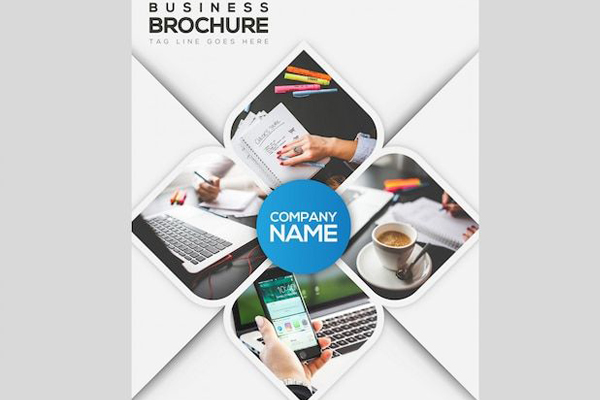
CATALOG DESIGN
Catalog design is vital for presenting products or services in a visually appealing format. It should feature high-quality images, clear descriptions, and pricing information, making it easy for customers to browse. Effective layouts enhance navigation, while consistent branding through colors and fonts reinforces identity. Incorporating engaging calls to action can boost customer interest and drive sales, creating a compelling.
Navigation
My Services
- Graphic Designing
- Website Designing
- SEO (Search Engine Optimization)
- Google Analytics
- Content writing
Graphic Designing
- Professional Logo Design 2d/3d
- Banner/Poster Design
- Youtube Thumbnail Design
- Product Poster Design
- Catalog/Flyer Design
- Luxury Food Poster Design
- Luxury Food Manu Design
- Book Cover Design
- Event Poster Design
- Unlimited Services with WebIndiaTag.
Follow Us
Abhay GautamMeerut, India
+91-7617796119
info@webindiatag.co.in



